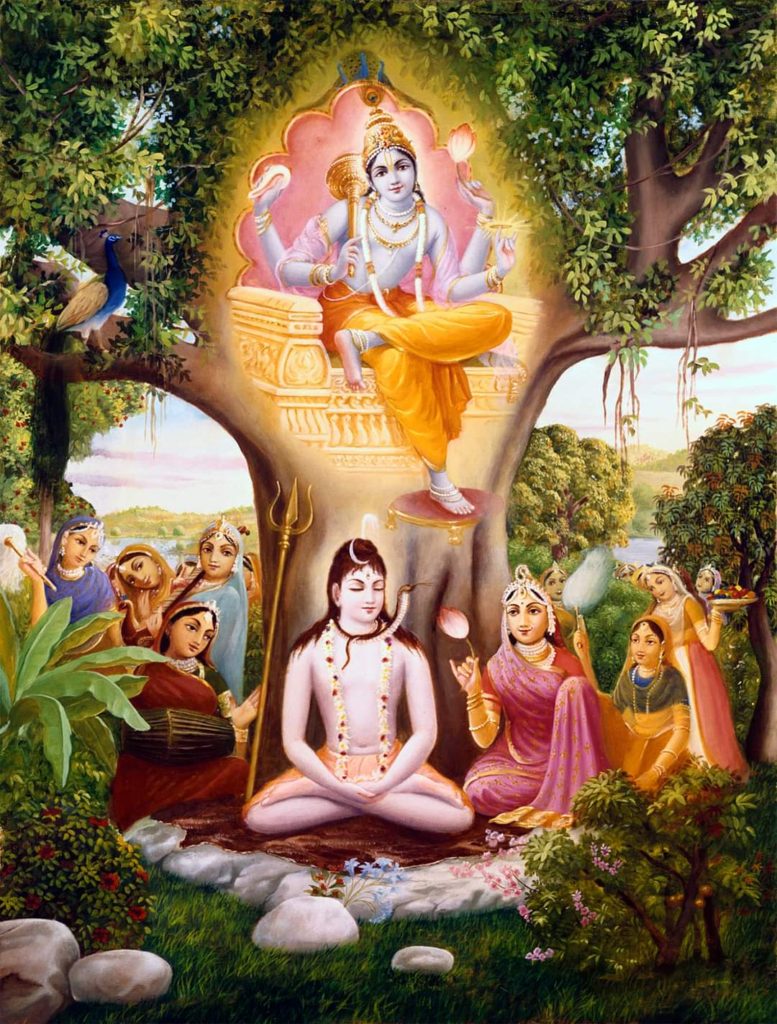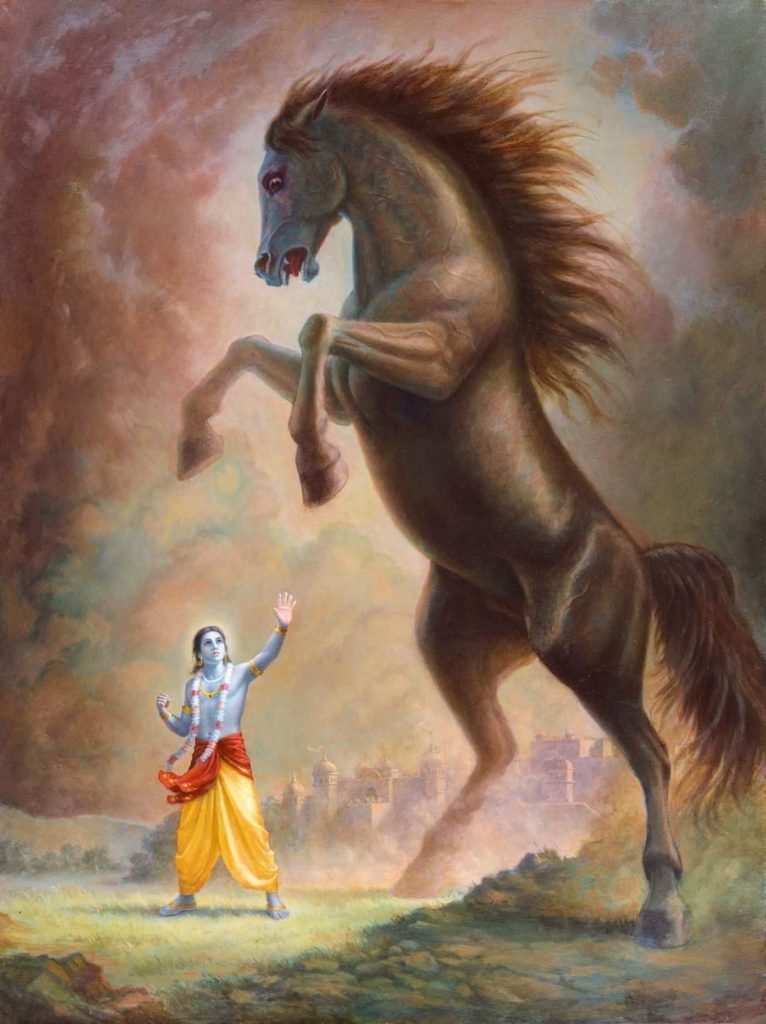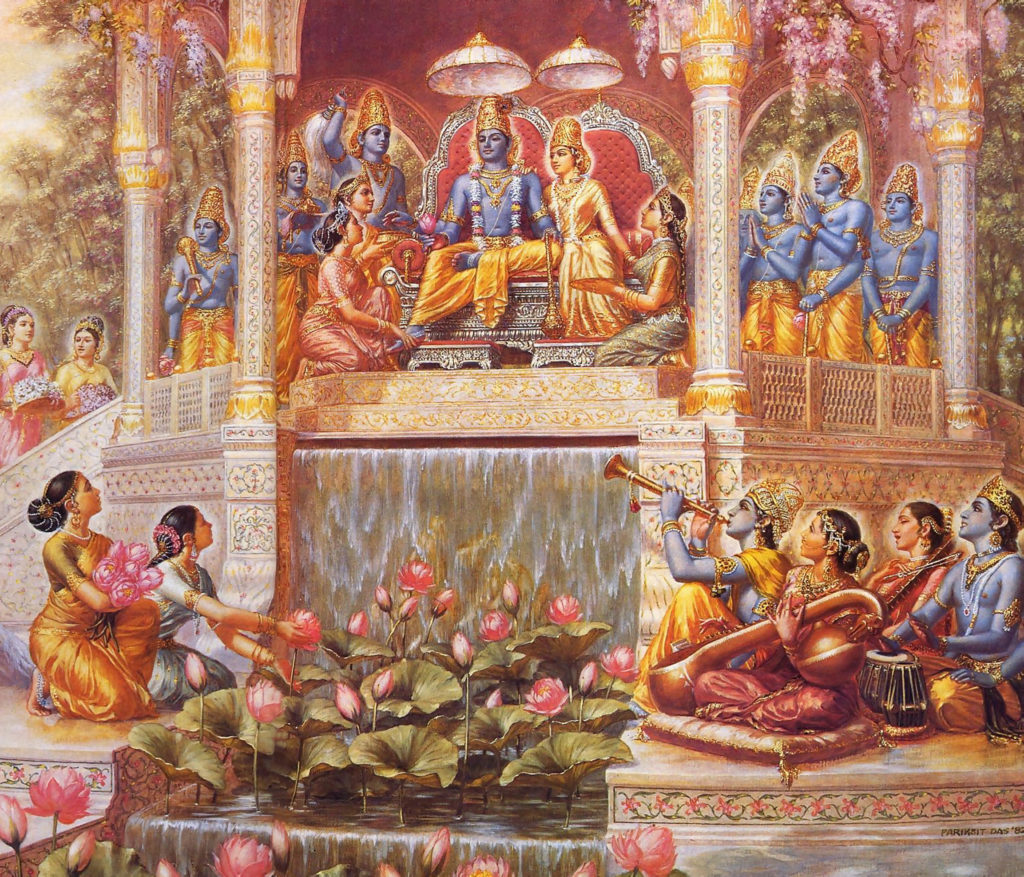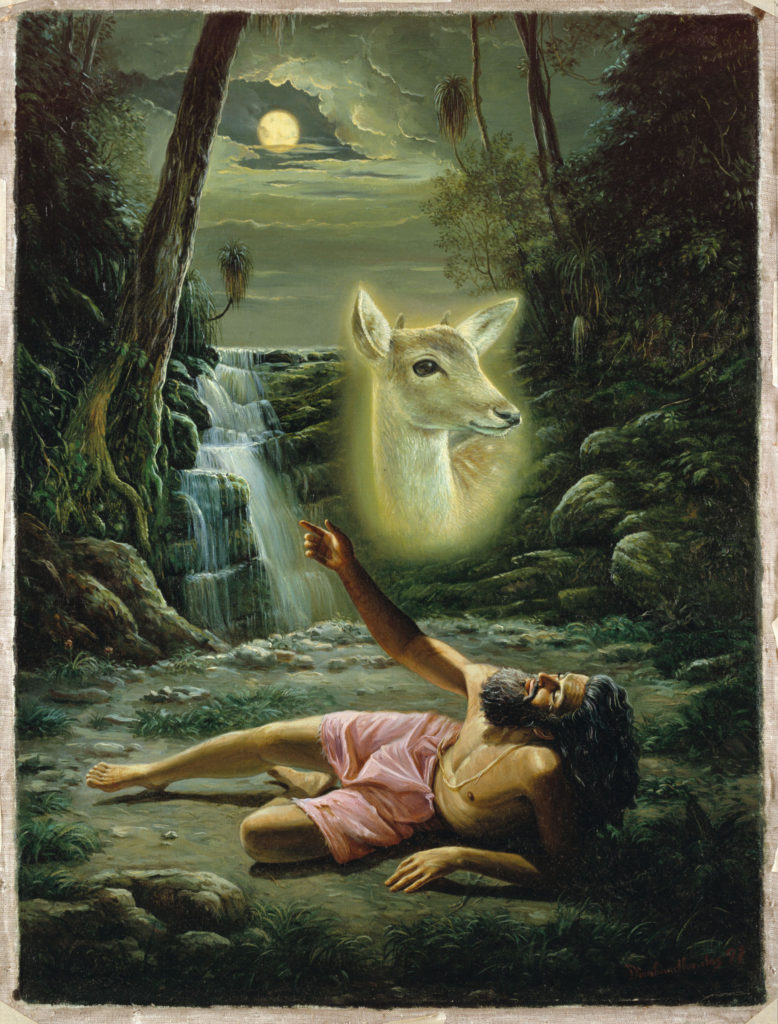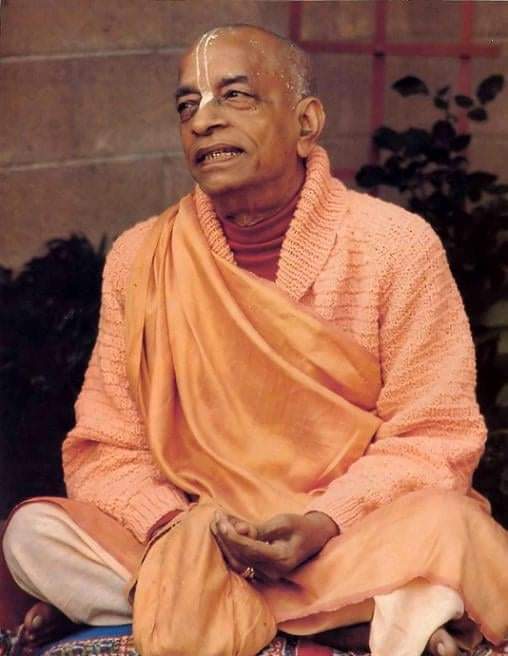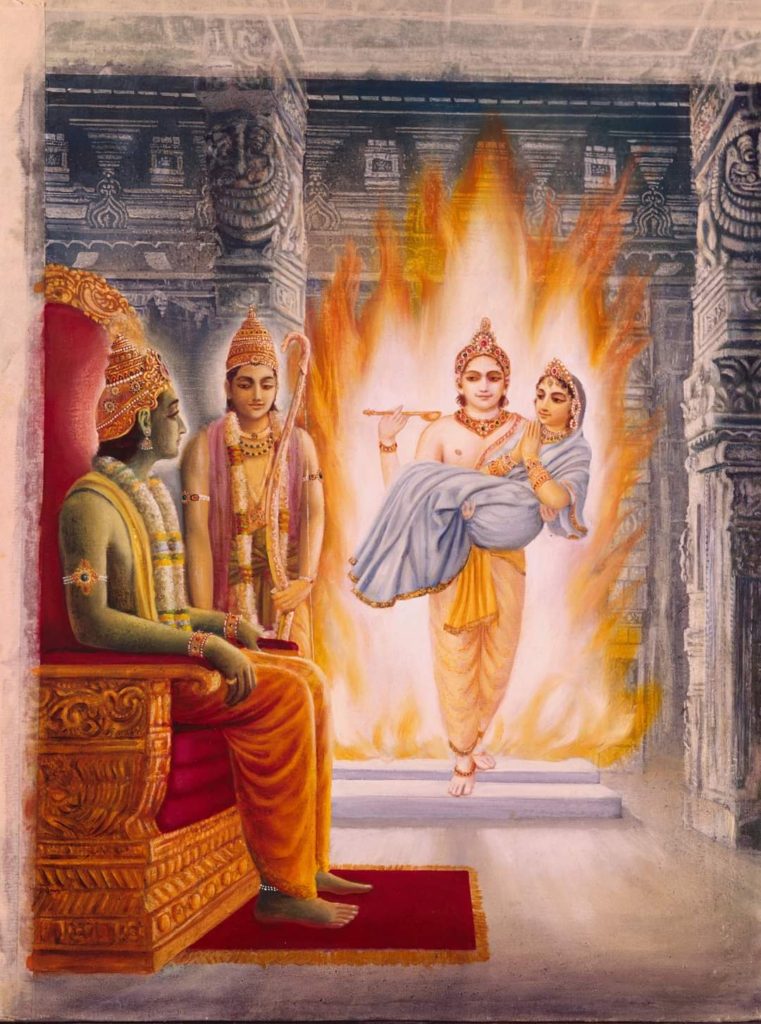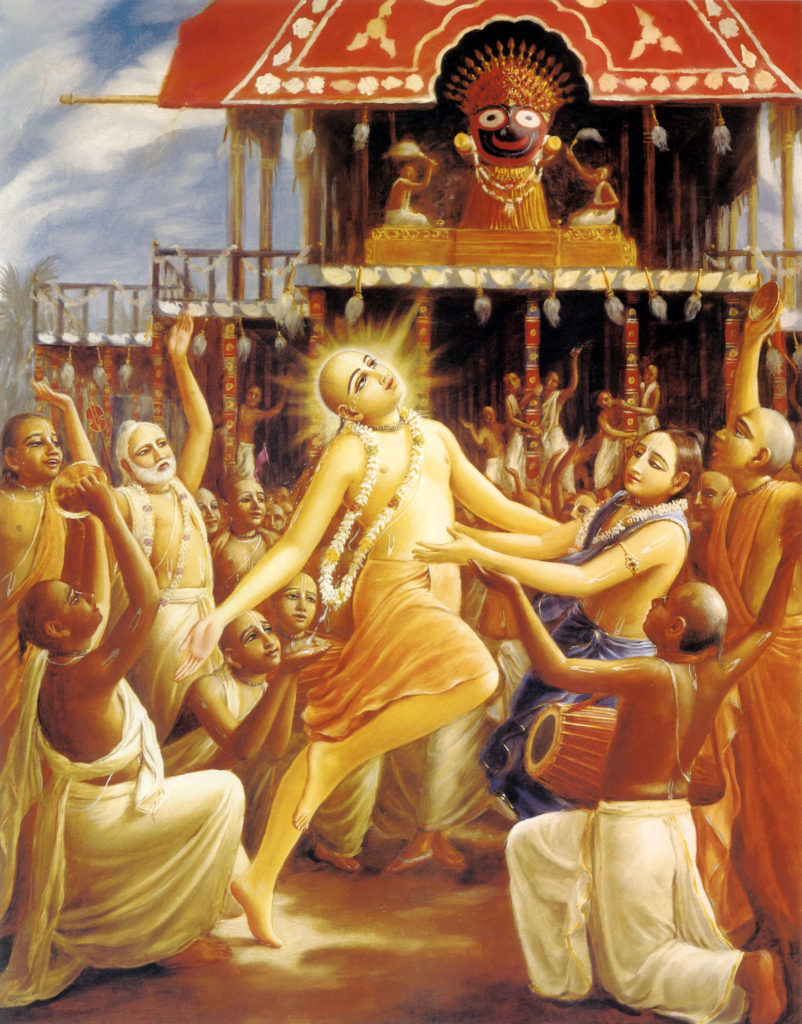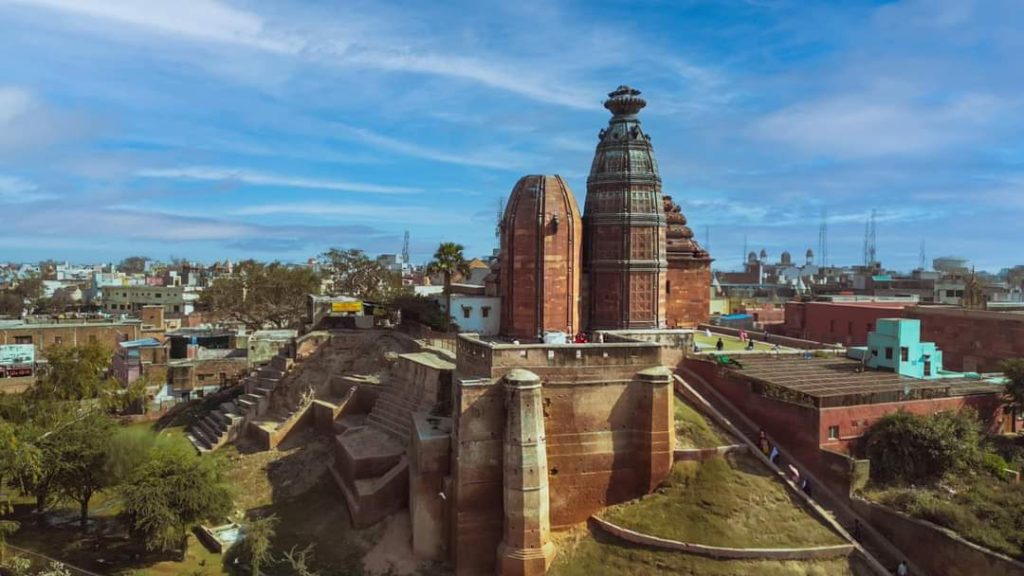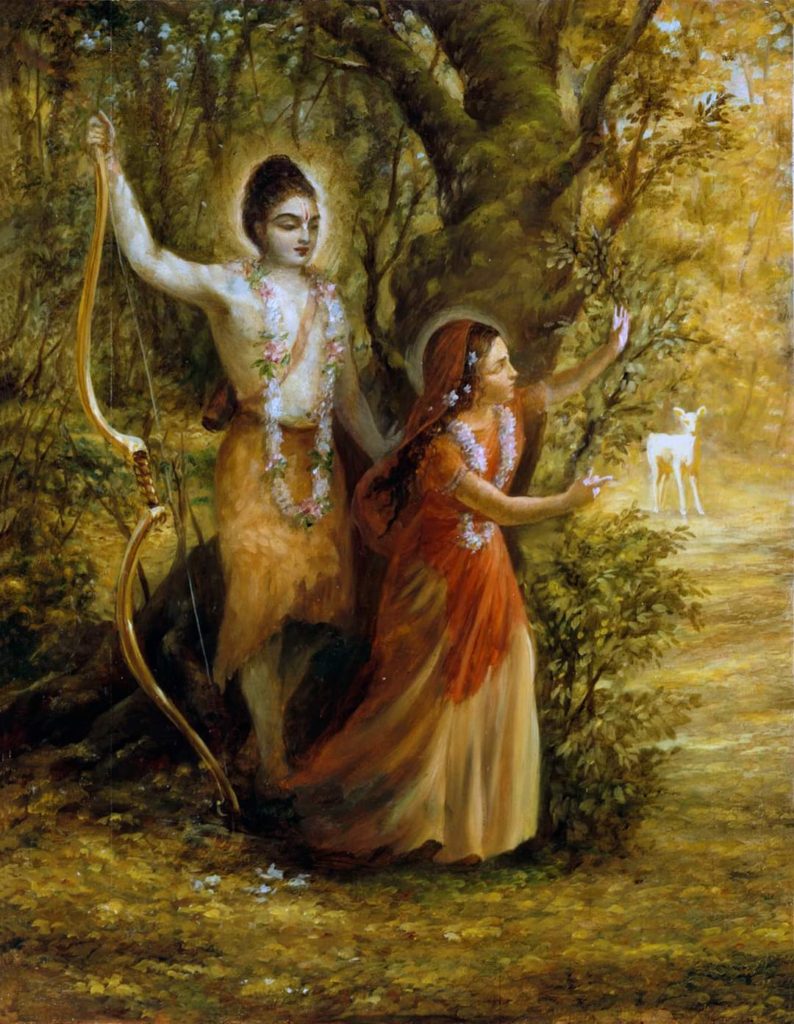It is described that for Brahmanas there are four asramas. They are supposed to be educated as Brahmacaris for the first quarter of their lives, then become exemplary householders, go to renounced life, and finally take sannyasa. For Ksatriyas, on the other hand, there are just three asramas, since they usually stop at the Vanaprasta stage. For Vaisyas, there are just two asramas, since they are usually not qualified enough to enter renounced life, and for Sudras, there is just one asrama since they just just spend all their lives in family life, without being trained as Brahmacaris nor entering renounced life.
Of course, when we listen to this description we count ourselves among the Brahmanas and think that Sudras are very low, but actually, Sudras used to do much better than most of us do in this regard. At least they were able to live peacefully their whole lives with the same spouse, maintain their families, and grow their children without divorce or scandals. How many of us can do the same? Sudras also have other qualities, like working hard, following instructions of superiors, being humble, clean, and truthful, and so on, qualities that we often lack.
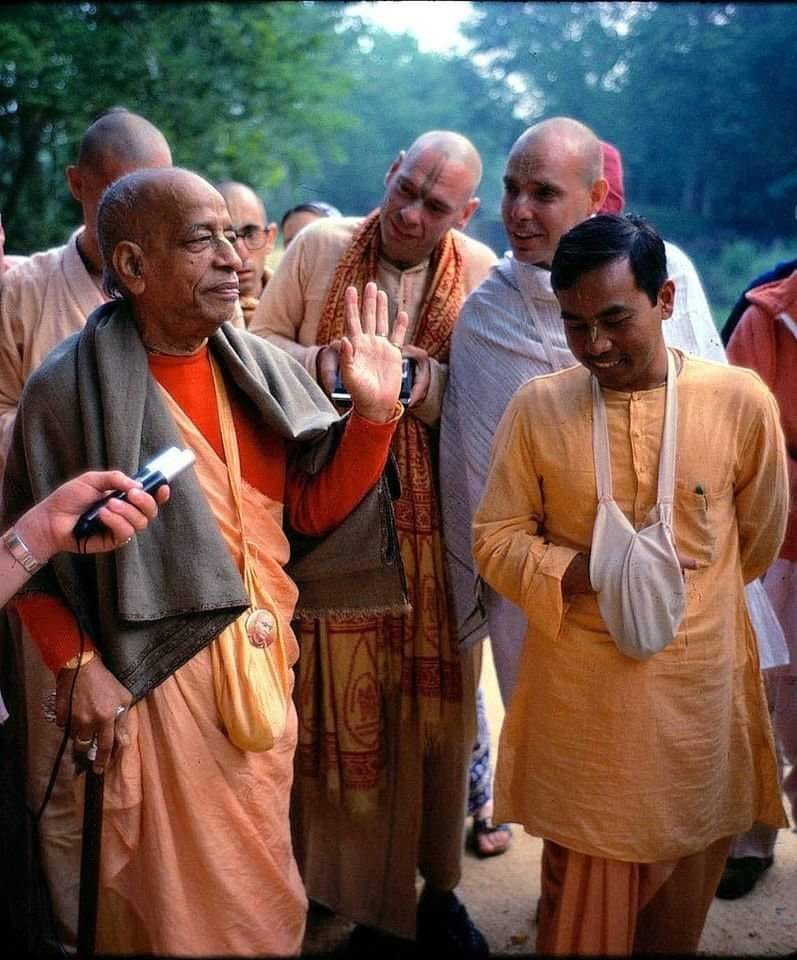
When we consider these points we can see that Sudras are actually quite high by modern standards. If we could develop all the qualities of a Sudra this would already be a great success. For most of us, the problem is not that we fail to develop the qualities of a Brahmanas, but that we fail to develop even the qualities of a Sudra. By the Vedic standard, we are actually outcasts, outside of the Varnasrama system. That’s why it’s so difficult for us to organize spiritual communities or even to have a peaceful family life. Often we just fight like cats and dogs.
Continue reading
